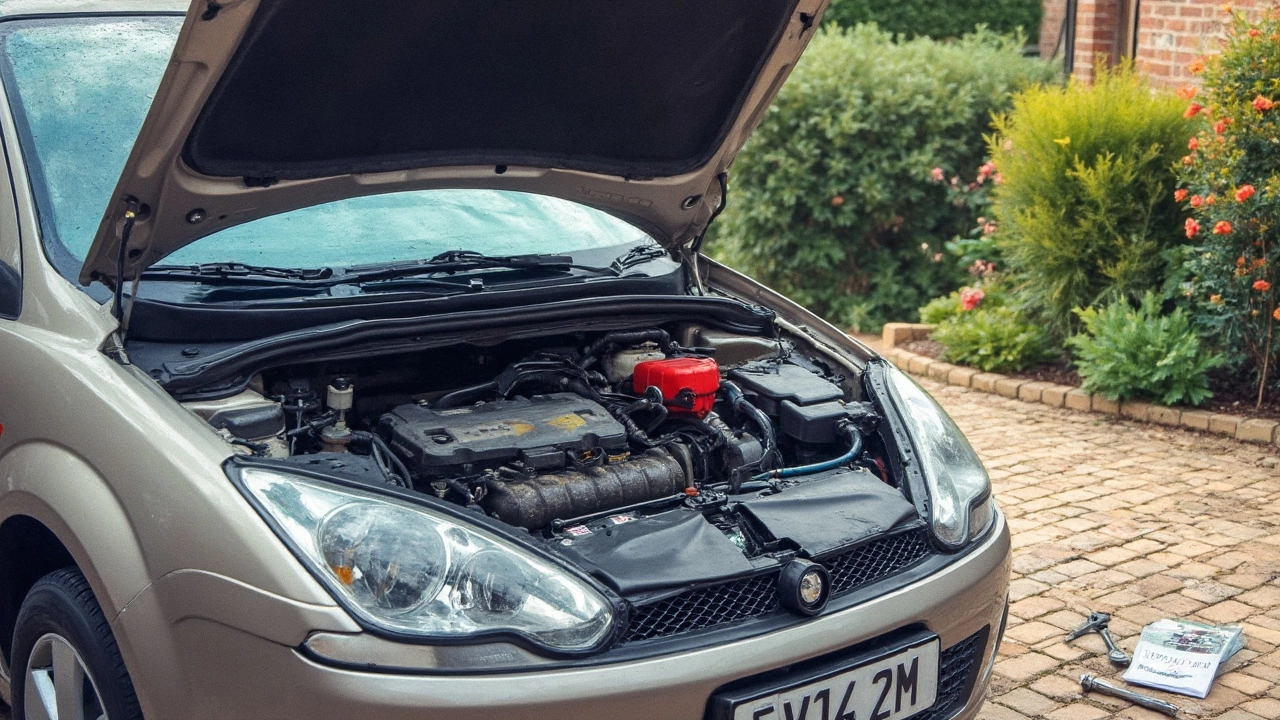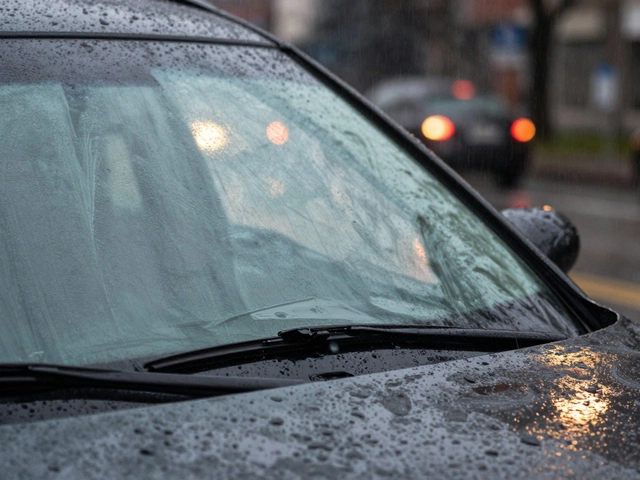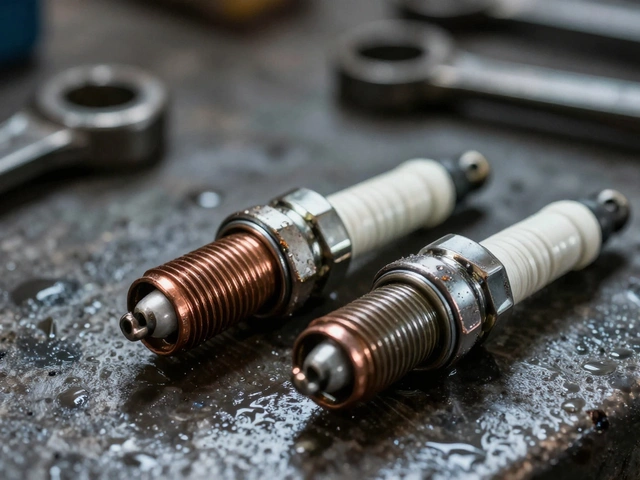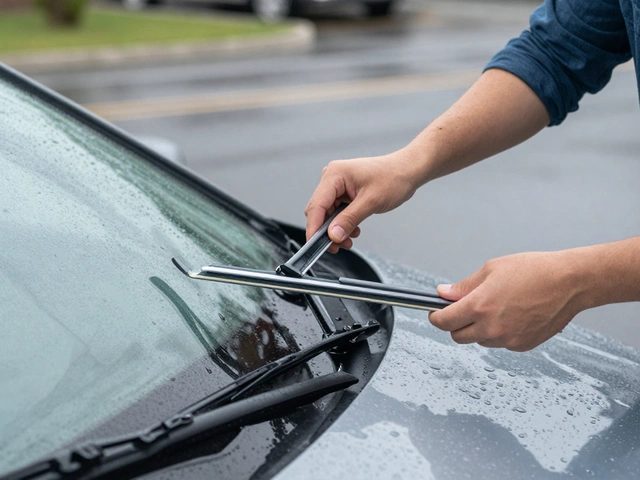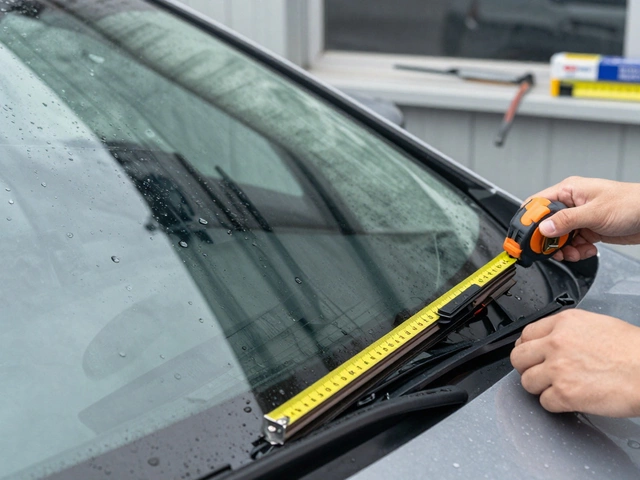Fuel Pump Tips: Signs, Fixes, and What You Need to Know
When your car sputters, stalls, or won’t start—especially after warming up—it’s often not the battery, spark plugs, or even the fuel filter. It’s the fuel pump, a small but critical component that pushes gasoline from the tank to the engine. Also known as a fuel delivery system, it’s one of those parts you never think about until it fails completely. Unlike a flat tire or a dead battery, a bad fuel pump doesn’t always scream for attention. It whispers—through hesitation, loss of power on highways, or sudden stalling at traffic lights. And if you ignore those whispers, you could end up stranded with a much bigger bill.
Most people confuse fuel pump problems with other issues like clogged injectors or a dirty air filter. But there are clear signs that point straight to the pump: a loud whining noise from the back of the car when you turn the key, trouble starting after the engine’s been hot, or the car losing power when you’re climbing hills. A bad fuel pump, often caused by debris in the tank or running low on fuel too often doesn’t just stop working—it degrades slowly, making it easy to miss. And yes, a failing pump will throw a code, usually related to fuel pressure or lean mixture, but not always. Your check engine light might not even come on. That’s why knowing the physical symptoms matters more than waiting for a diagnostic tool to blink.
Replacing a fuel pump isn’t always a garage job. Some drivers can do it themselves if they’re comfortable working under the car and have the right tools. But the big question isn’t just whether you can replace it—it’s whether you need to. Sometimes, cleaning the tank or replacing the fuel filter gives you a few more months. Other times, the pump’s already worn out and delaying the fix just risks overheating the engine or damaging the injectors. You don’t need to guess. The posts below break down exactly how to spot a failing pump, whether you need an empty tank to replace it, how to test it at home, and what temporary fixes actually work when you’re stuck on the side of the road. Whether you’re trying to save money, avoid a tow truck, or just understand what’s wrong with your car, you’ll find real answers here—no jargon, no fluff, just what you need to know.
